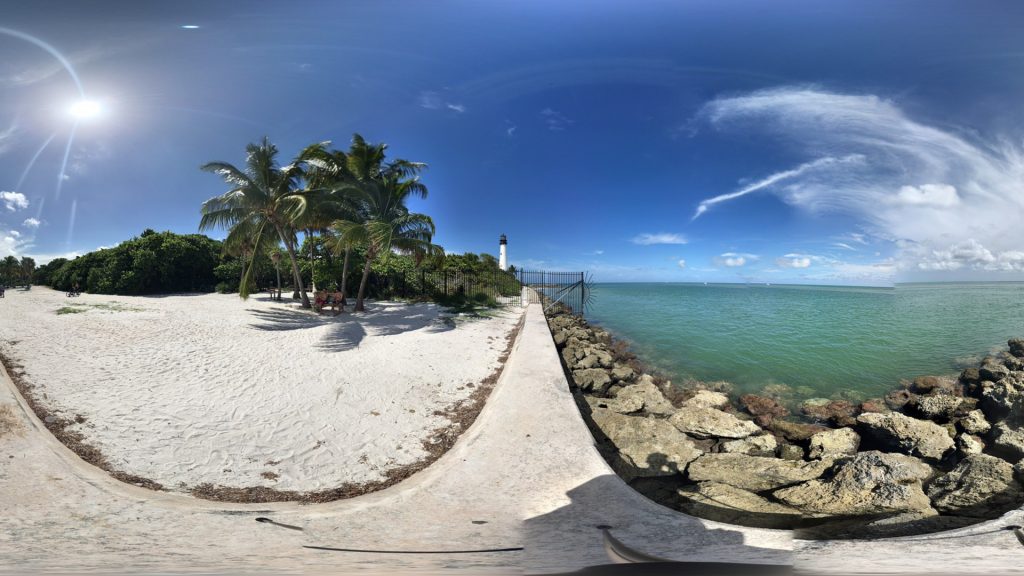Mistakes in the planning of VR projects
VR, because VR is in vogue
Just because everyone wants to do VR now, this should not be a reason to design a VR app as well. Of course, the currently increased visibility is a good reason for a VR app, but the other parameters should also be taken into account. With a suitable concept, VR apps can achieve serious sales and additional marketing effects for events, POS and website, in addition to the already very high emotionalization.
Creatives on the short moving image leash
Virtual reality can be much more than a 360° movie. Unfortunately, many project teams tend to produce only a meanwhile frequently seen 360° film for marketing purposes, whereas one could also tell a real VR story with the same budget. Especially for additional marketing effects, it is elementary important to offer something new and surprising, and to use all possibilities of VR precisely to emotionalize the customer.
Mistakes in the implementation of VR projects
Broken immersion
The user puts on the VR headset and wants to dive into an unknown, new and exciting world. Unfortunately, there are a lot of VR projects where menu navigation and onboarding of the user does not match the new and exciting world at all, but simply adapts classic 2D menus in VR. In doing so, there are a variety of ways to offer the user a holistically exciting world without reminding them that they are "just" using an app.
Wrong cutting frequency
Fast cuts and rapid fades are a good and frequently used stylistic device in videos, but they work much worse in a VR world. Fast edits overwhelm most users and inhibit VR users' very important urge to explore. Since users can see in many different directions, it is important to give the user signals and enough time to explore the VR space.
Underestimation of motion sickness
Mounting a 360° GoPro on a car and making a VR movie out of it sounds like a great and inexpensive idea to produce a VR app. Unfortunately, many users get sick when it moves quickly without their intervention. Menus and objects in virtual reality that behave unnaturally can also increase motion sickness. If low frame rates are then added to the mix, many users can only exit the VR world quickly to combat the nausea. Visible content should always match the movements felt by the user's head and body, and preferably run at at least 60 FPS or better 90 FPS.
Control complexity
Current input devices for VR are easy to use for gamers. However, especially at events, trade shows and corporate events, non-gamers also use VR stations and are initially unable to get to grips with the controllers. To avoid long onboarding times and unnecessary explanations, the control of VR content at trade shows, POS and events should be kept as simple as possible and ideally implemented very naturally.
Mistakes in the marketing of VR projects
Insufficient testing
That websites and apps should be tested is clear to almost everyone by now. But with VR, multi-stage testing is even more important, as many UX standards are just emerging and thus offer little guidance for creation.
For UX testing, we recommend both closed focus groups and open beta testing for apps distributed through VR stores. For trade shows and events, closed focus tests should be conducted at a minimum to identify potential usability issues early on. In the technical tests, the compatibility with a variety of headsets as well as with different hardware must be checked in particular. Attention should be paid to display errors and decreasing frame rates.
Wrong distribution strategy
WebVR or VR app as direct download or rather distribute via the app stores of the VR headsets? How does VR become a social media asset? And can I use YouTube as a reach channel for my interactive VR app? These are questions that must be asked as early as the conception stage of the app and should then be implemented consistently. There is also great potential in personalization of VR applications. Successful personalized applications such as ElfYourself will also appear for VR in the near future and thus offer a very high recommendation incentive for VR worlds.
Our conclusion on errors in VR projects
Many mistakes can be avoided if you have an experienced implementation partner and have a lot of experience in concept, design, implementation and VR marketing. We support a wide range of VR projects and from experience we know that most of the reach in VR campaigns is lost due to concepts that are not suitable for virtual reality.
We have successfully implemented more than 50 VR applications of various scales for brand clients. To make this large span a bit more tangible, here are some examples.
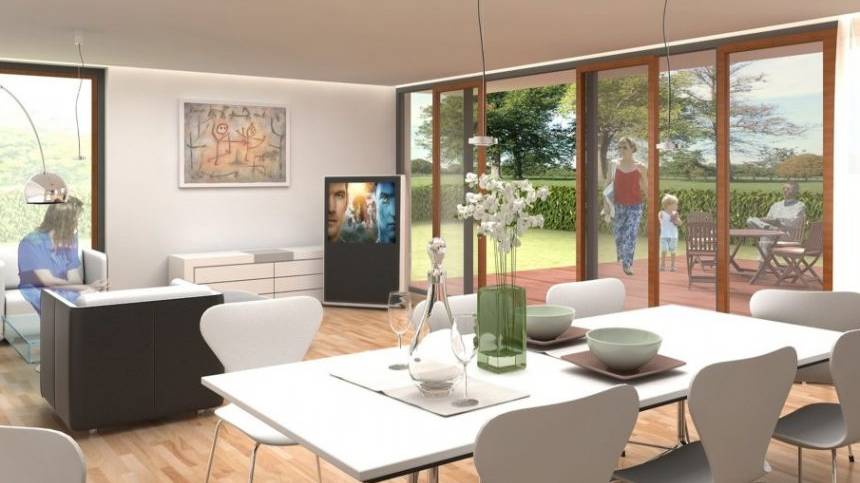
Implementation of a 360° visualization of real estate
For a real estate developer we created a virtual reality illustration of a new shopping center for investors based on CAD data.
The VR application was fully implemented for EUR 15,000.
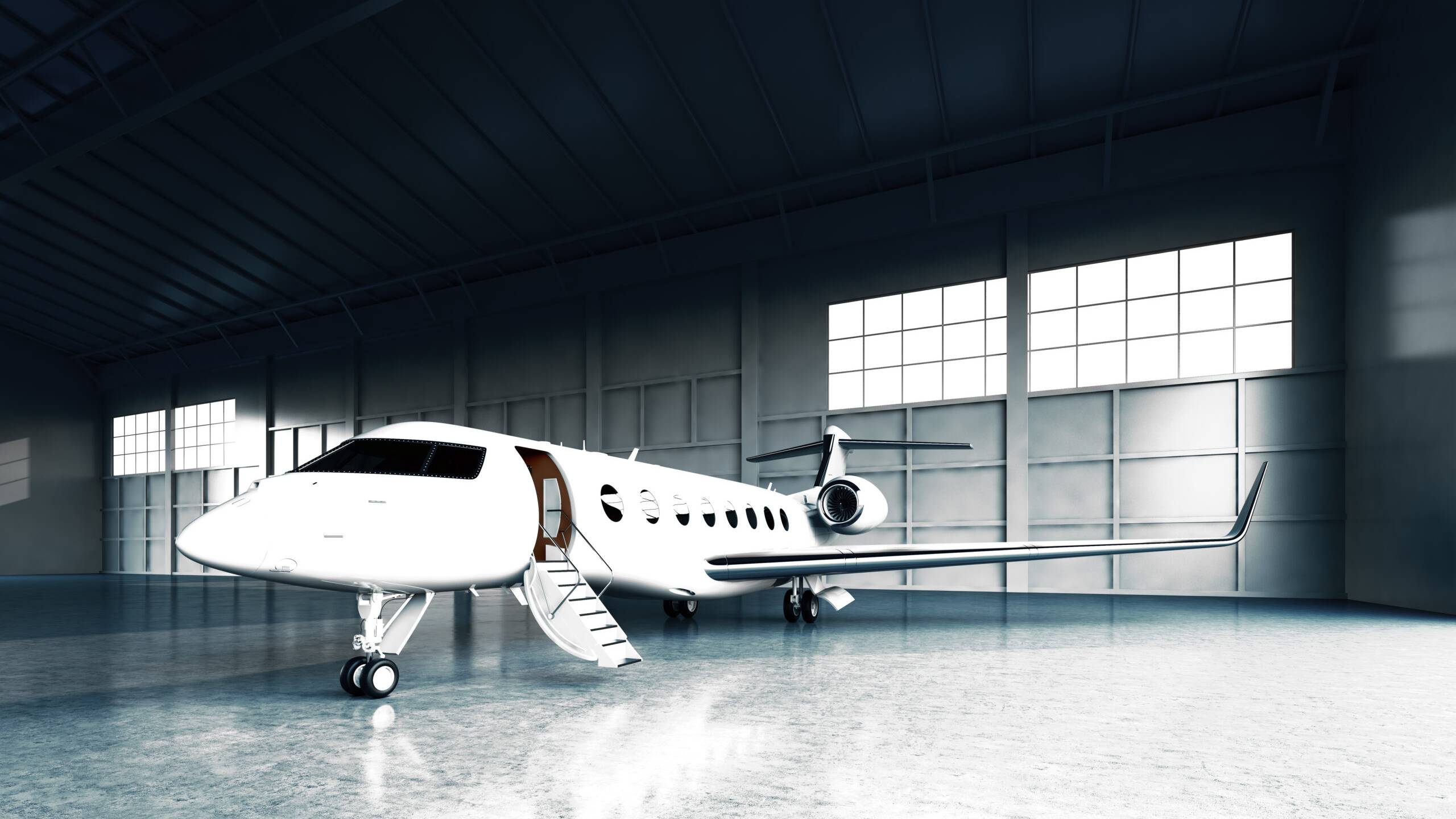
Virtual reality game for a fair
For the trade show appearance of a large IT company, we developed a VR multiplayer game that can be played directly at the booth. The virtual reality game had a total budget for concept, design and development of EUR 80,000.
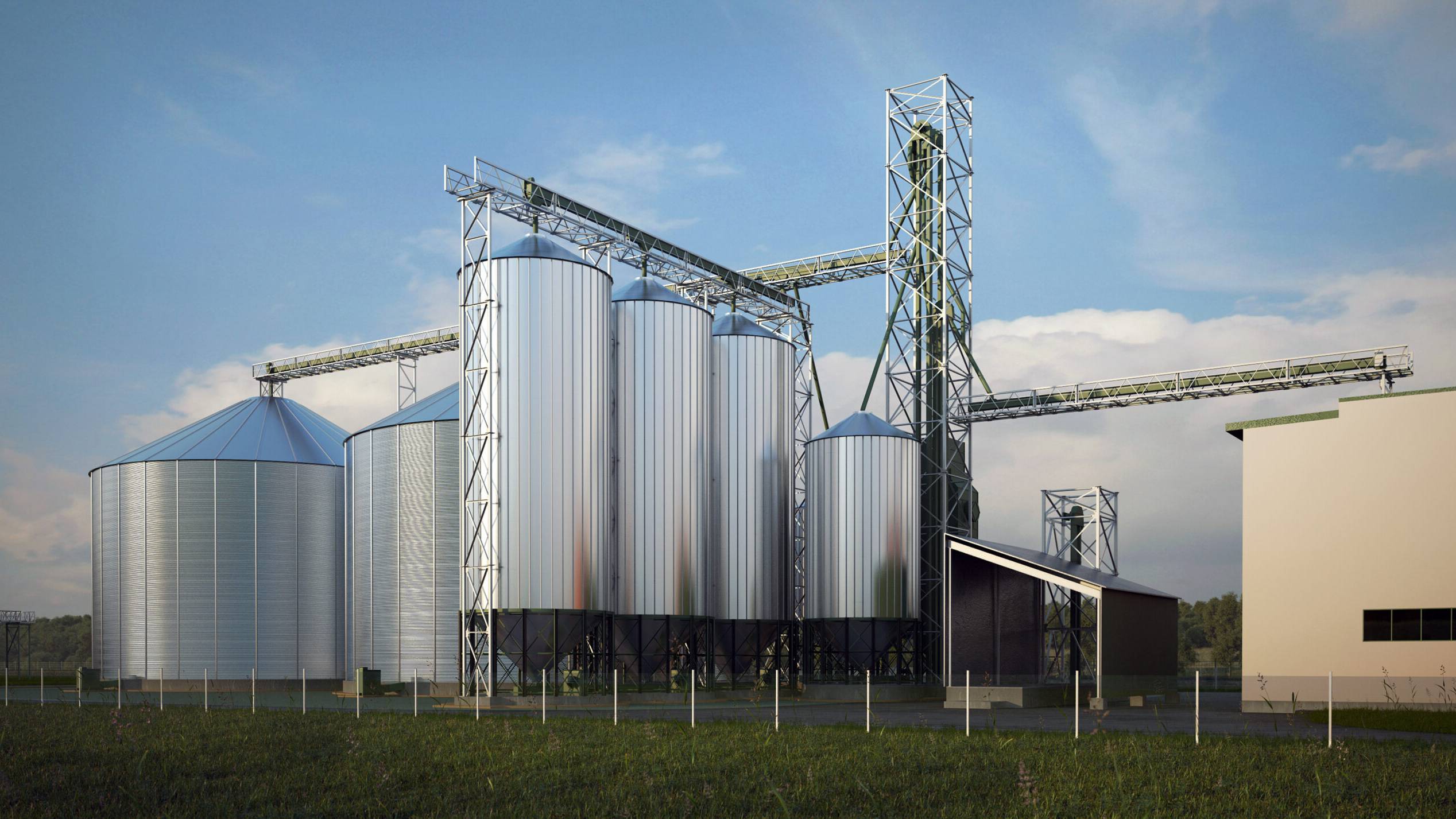
Implementation of an industrial plant in virtual reality
For a large German industrial company, we created a virtual reality environment for training workers including central processes and incidents of a new industrial plant. This allows critical situations to be rehearsed at an early stage and existing processes to be optimized. The implementation of this digital twin had a total budget of EUR 90,000.
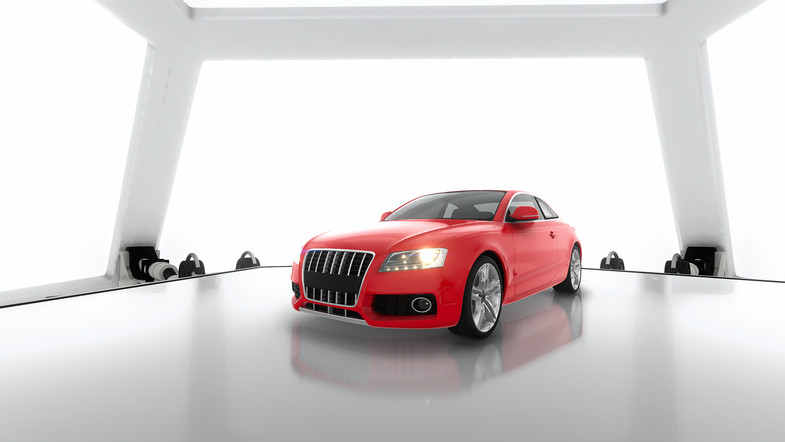
Virtual reality configurator for cars
We created a prototype VR configurator for a major car manufacturer. With this, customers and consultants can view the future car at an early stage and experience it in 3D - including all optional extras and connecting all interfaces to be able to put together any configuration. Conception, design and development incl. testing with test groups had a total budget of EUR 300,000.
The Digital Media Group is an expert in consulting, conception and realization of virtual reality projects.
We advise and support our customers both in the definition and success assessment as well as in the realization and operation of virtual reality projects. From virtual reality applications for investors to VR apps with over 100,000 users, we have gained experience in sensible and efficient planning as well as realization within the desired structure.
We would be happy to make you an individual offer based on your ideas and conceptions. If you already have a written concept, this is the optimal start – alternatively, we will of course support you in the development of your idea!
We will gladly give you a non-binding and free budget estimate of your virtual reality idea, just contact us.
Please do not hesitate to contact us
Phone: +49 511 169 299-0
E‑Mail: info@thisisdmg.com
